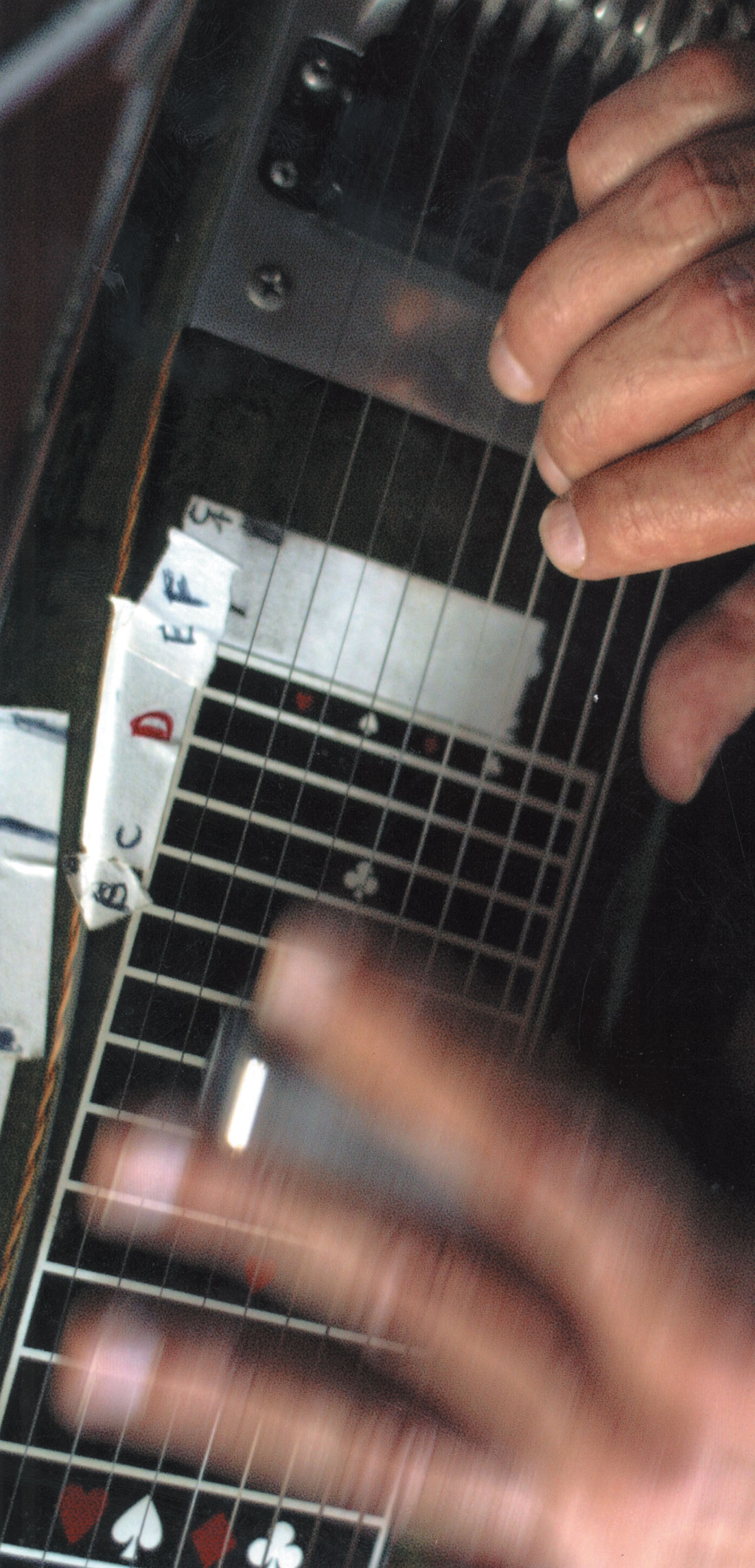ADK was one of the first companies to offer low-cost condenser microphones. Today they offer a wide range of microphones, including the affordable A-51 Model A. The A-51 is a sturdy, Class-A, cardioid FET condenser with a 1'' diaphragm. It comes in a matte black finish. You can buy a plain A-51 in a soft case for about $175. Features such as 10 dB pad and high-pass filter, and accessories such as a shock mount and hard case are also available.
ADK does not sell through catalogues or national chain stores. Keeping with the company's unofficial motto "Let your ears decide," ADK prefers that customers hear their mics in person. While this might not get them the same exposure as other brands, I think it's a good approach after having one in my studio. I compared the ADK against a popular mic in this price range, the Studio Projects C1. I also borrowed a friend's Neumann U87 (thanks Jeff Bergman!) because I've read other reviewers compare the C1 and A-51 to it. A spectrum analysis revealed that all three mics are in the same "family." The ADK was, on average, within +/-1.5 dB of the U87. The C1 was within 2 dB. Not bad. Of course, the proof is in the recording, not the graph.
I tried the mics for drum overheads, toms, electric and acoustic guitars, and male vocals. Although the Neumann displayed that "midrange magic" associated with their product, the other two mics performed comparatively well. In a word I would describe the ADK as smooth.
When paired with a small condenser the ADK was superb on acoustic guitar. A band-mate commented that the playback sounded like the guitar was "in the room instead of in the speakers." I also liked the ADK as an off-axis electric guitar mic, especially on clean and bluesy tones. As a drum overhead, the ADK was the winner from this pack, giving a balanced representation of the full kit. Although the U87 gave a great snare sound, it seemed to under-represent the cymbals. Conversely, the C1 was shrill on the high-end. Because its size and weight allowed it to be positioned in tight spots (such as between a ride cymbal and floor tom) the ADK was also my first choice as a tom mic. The C1 and U87 were simply too large or too heavy to use consistently. On my vocals, I preferred the A-51 from this bunch. My voice can get muddy without the correct mic (I normally use an AKG C12), but the A-51 did not get cloudy. Although it lacks the high-end gloss of a C12, it has a subtle sparkle on the top-end.
In the crowded field of under $300 condenser microphones, the ADK Area 51 rises above the fray. With a well-rounded tone, articulated-yet behaved-top end, and sturdy construction, the A-51 is a mic worth hearing. Before you buy another mic in this price range, locate your local dealer, and let your ears decide.




_disp_horizontal_bw.jpg)